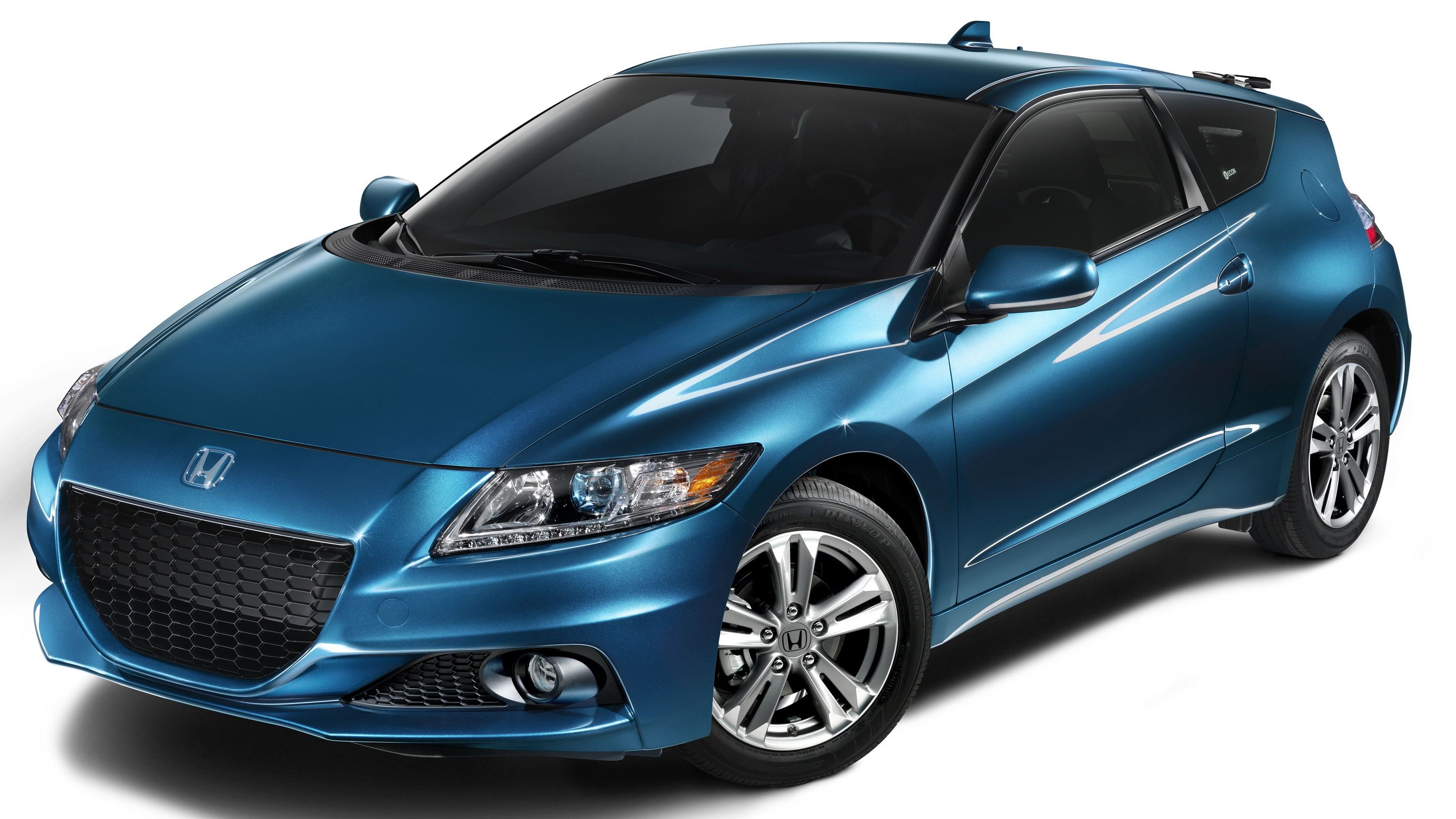What I’m about to say is grounded in a profound love of the Honda->ke34 Motor Company, but I’m struggling to remember a car from the last 10 years that was more disappointing than the Honda CR-Z. Early concepts promised a hybrid hot-hatch that was supposed to pick up where the CR-X->ke2779 of the 1980s left off. What we got was a spindly looking coupe with thoroughly underwhelming performance numbers. If that wasn’t bad enough, it also got worse fuel mileage than the non-hybrid CR-X HF from 1986. About the only thing it had going for it was its six-speed manual. Where was the progress?
Now, here I am getting my hopes up again. Australia’s Motoring has caught wind of a new, more performance-focused CR-Z that could land in dealerships in two years. A source within Honda’s R&D center in Tochigi, Japan told Motoring that the next CR-Z will borrow styling cues from the upcoming NSX supercar->ke177 and will be powered by the 306 horsepower, turbocharged 2.0-liter VTEC from the Civic Type R. This sounds like something I could get behind.
Continue reading to learn more about the next Honda CR-Z.
Why it matters
"Remember the CR-Z? It’s a coupe that has disappeared from Honda’s line-up in Europe and Australia, but it’s due to make a big comeback in 2017," the source told Motoring. You can still buy a new one here in North America. Who knew? "The two reasons that forced Honda to phase it out, namely its weak street cred and lack of performance thanks to its ho-hum hybrid power unit, have been readdressed.”
Criticisms of the old CR-Z’s lack of performance often centered around its wheezy 113-horsepower hybrid drivetrain, but it’s sounding like the new CR-Z will be an altogether different and sportier beast.
Honda has made some pretty significant leaps in Hybrid technology since the first CR-Z. Take the Acura RLX Sport Hybrid SH-AWD as an example. It may not be much to look at, but its hybrid drivetrain is basically a flipped-around, normally aspirated version of what will power the NSX. Not only does it produce 377 horsepower, but its two electric motors, one mounted at each rear wheel, allow it perform some pretty impressive torque vectoring tricks. While turning, it can mitigate understeer by applying 100 percent of available torque to the outside wheel, while applying negative torque to the inside.
It’s an impressive system that hopefully will be applied on a smaller scale to the next CR-Z. It’ll probably be built around a shortened version of the next generation Civic chassis, and while its turbocharged 2.0-liter will likely be detuned from fire-breathing Type R spec, it’s exciting to think what a car like this could be capable of. A tossable torque-vectoring hybrid hot-hatch with around 270 horsepower could be a revelation. Just be sure to keep that six-speed manual on the options list.
Interestingly, Motoring says Honda America is said to be the driving force behind this development. It’s recently been asking the mother ship for a good-looking, performance-oriented coupe with a reasonable price tag to complement the NSX. We could see a concept at the 2017 Detroit Motor Show, with sales starting in early 2018
If the next CR-Z is as lackluster as its predecessor, I’m not sure I could take another round of disappointment, but if it’s everything I hope it’s shaping up to be, then we could be looking at a very special Honda.
Motoring0}

